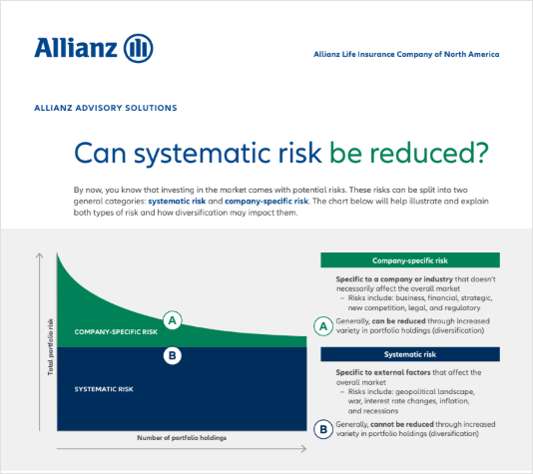The question was: How should my client report taxes related to a life settlement transaction?
The answer is: Tax reporting is a critical, but often overlooked step in a settlement transaction.
Before the transaction is consummated, the policy owner is typically asked to complete a W-9 form requesting the policy owner's taxpayer identification number. Customary industry practice is for the escrow agent to send a 1099 information return to the policyowner following the disbursement of the sale proceeds.
Practice pointer: While there is an IRS form (1099-LTC) that viatical settlement providers must use to report viatical payments, there is no corresponding information return to report life settlement transactions.
Consequently, follow-through on tax reporting varies widely throughout the industry and in some cases the policyowner may find that a 1099 was not generated at all.
But just because a 1099 was not prepared does not mean that the policy owner's obligation to report and pay any outstanding income tax liability does not exist. Those who do tax planning based on whether information returns are generated (or not) put themselves at great risk.



